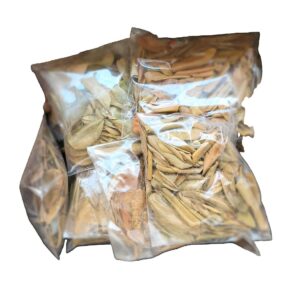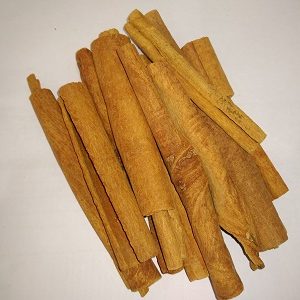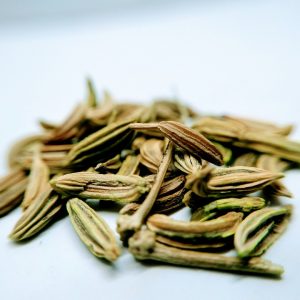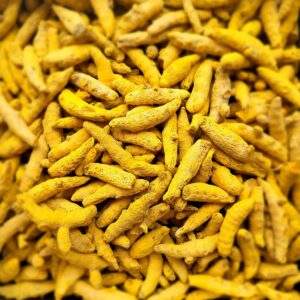Turmeric Dried – सूखी हल्दी
Dried Turmeric Is:
- Preparation:
- Dried turmeric refers to the turmeric rhizomes (roots) that have been harvested, cleaned, and then dried. This drying process concentrates the flavors and compounds within the turmeric.
- This is the intermediate step in making turmeric powder. Dried turmeric rhizomes are what is ground up to make the powder.
- Forms:
- You’ll typically find dried turmeric in the form of whole or sliced rhizomes. These look like small, knobbly, yellowish-brown fingers.
Key Characteristics and Uses:
- Concentrated Flavor:
- This has a more concentrated flavor and aroma than fresh turmeric.
- Making Turmeric Powder:
- The primary use of dried turmeric is to grind it into turmeric powder. This allows for longer storage and easier use in cooking.
- Home grinding of dried turmeric, allows for a very fresh and potent powder.
- Traditional Medicine:
- Dried turmeric is also used in traditional medicine practices.
- Storage:
- The drying process allows for much longer storage than fresh tumeric.
Key Differences:
- Fresh Turmeric:
- Fresh turmeric has a more vibrant color and a slightly milder, more earthy flavor.
- It’s often used in Asian cuisines.
- Turmeric Powder:
- Turmeric powder is the ground form of dried turmeric, offering convenience and a standardized flavor.
- It’s widely used in cooking and as a dietary supplement.
- Dried Turmeric:
- Is the in between state. It is the raw material that becomes powder.
Important Considerations:
- Quality:
- When purchasing dried turmeric, look for rhizomes that are firm and free from mold.
- Storage:
- Store dried turmeric in an airtight container in a cool, dark, and dry place.
In essence, dried turmeric is a valuable form of this spice, serving as a stepping stone to turmeric powder and offering its unique characteristics.
Turmeric powder – हल्दी पाउडर
Turmeric powder is a spice that’s gained immense popularity not only for its culinary uses but also for its potential health benefits. Here’s a summary of key aspects:
Origin and Composition:
- Source:
- It’s derived from the rhizome (root) of the turmeric plant (Curcuma longa), which is native to South Asia.
- Key Compound:
- Its vibrant yellow-orange color and many of its health benefits are attributed to curcumin, a powerful bioactive compound.
Culinary Applications:
- Flavor and Color:
- Turmeric adds a warm, earthy, and slightly bitter flavor to dishes.
- It’s widely used as a natural coloring agent, giving foods a rich golden hue.
- Cuisine:
- A staple in Indian cuisine, it’s a key ingredient in curry powders and numerous savory dishes.
- It’s also used in Southeast Asian, Middle Eastern, and other cuisines.
- Versatility:
- It can be incorporated into soups, stews, rice dishes, vegetable preparations, and even beverages like “golden milk.”
Potential Health Benefits:
- Anti-inflammatory:
- Curcumin has potent anti-inflammatory properties, which may help with various inflammatory conditions.
- Antioxidant:
- It’s a powerful antioxidant, helping to neutralize free radicals and protect cells from damage.
- Other Potential Benefits:
- Research suggests potential benefits for heart health, brain function, and joint health.
Important Considerations:
- Curcumin Bioavailability:
- Curcumin is not easily absorbed by the body. Consuming it with black pepper (which contains piperine) significantly enhances its bioavailability.
- Consuming it with fats also aids in the absorbtion of curcumin.
- Quality:
- Choose high-quality turmeric powder from reputable sources to ensure purity and potency.
- Supplements vs. Spice:
- While turmeric as a spice is generally safe, high doses of curcumin supplements can interact with medications. Consult a healthcare professional before taking supplements.
- Staining:
- Turmeric can stain, so handle it with care.
In essence, turmeric powder is a versatile spice that offers both culinary and potential health benefits.
We’ve used images to give you an idea of what to expect. Feel free to call us at 8590303380 if you’d like more details.






